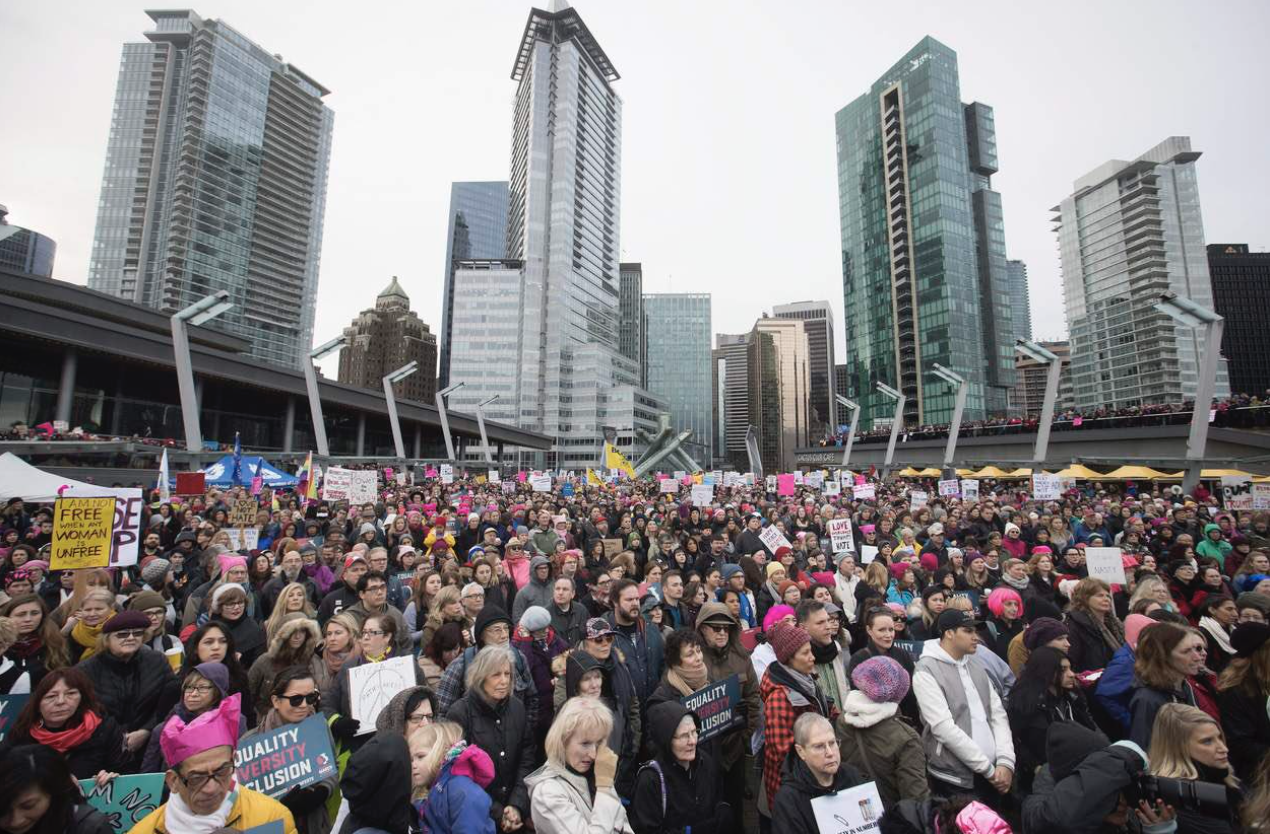The media, politicians, academics, activists, and others obsess over rifts within and between social movements. The Women’s March is criticized over conflicts between women with different experiences, identities, and organizational styles. The Netflix series, Dear White People, highlights disagreements between groups of African-American activists over the tactics necessary to oppose racism at their university. Pride organizers are censured for excluding religions organizations, the police, and others from their events. Social movement organizations expend valuable energy and resources fretting over divisions. Instead, they should focus on the important work of social change.
Moments of unity, such as the Women’s March this past weekend, and the recent anti-fascist rallies, can be incredibly powerful and influential, and there is something to be said for strength in numbers. However, efforts to transform a complex world, by individuals with different worldviews and identities, must be multifaceted and diverse. We should not underestimate the value of division and diversity within efforts to effect social change.
Divisions create space for discussion, debate, and learning about different issues, perspectives, identities, and approaches. Divisions ensure that multiple constituencies are mobilized in service of a larger struggle and that individuals can identify with organizations that reflect their worldview. Divisions mean that multiple strategies and tactics are employed in the effort to create social change. Divisions are also unavoidable. Women, for instance, comprise over half the world’s population; it is unreasonable to assume unity is possible.
A classic example of the power of division within social movements is the LGBTQ+ movement. This movement can be separated into two main branches: gay rights and gay liberation. The former uses conventional tactics to pressure governments and the courts to change official policies and laws. The latter uses disruptive strategies to challenge social and cultural attitudes and practices in a heteronormative society.
As well, even though many groups are included in the “alphabet soup” acronym, individuals often see their issues as unique and dependent on their sexuality, gender, race, class, etc. While there is still an enormous amount of work to be done to achieve the goals of the movement, and conflicts and rifts appear to limit successes, the discussions, debates, and learning that have occurred at the tension points have contributed to a more nuanced understanding of the experiences of LGBTQ+ peoples (contributing, in fact, to the inclusion of many different groups in the acronym). Individuals, who identify with their particular struggle, are able to participate in broader efforts to challenge heteronormativity. As well, there is no doubt that laws and policies would not be changed without social and cultural shifts and vice versa; diversity of tactics is essential to the success of this larger movement.
We face enormous problems that require varied solutions, and social change is messy and complicated. Our diversity — of backgrounds, worldviews, identities, and tactics — is a strength not a weakness. We must stop obsessing about divisions, decide on our own path, and get on with the difficult work of social change.
Roberta Lexier is an assistant professor in the Department of General Education at Mount Royal University.
Photo: Julie Morrell/Twitter
Like this article? rabble is reader-supported journalism.





